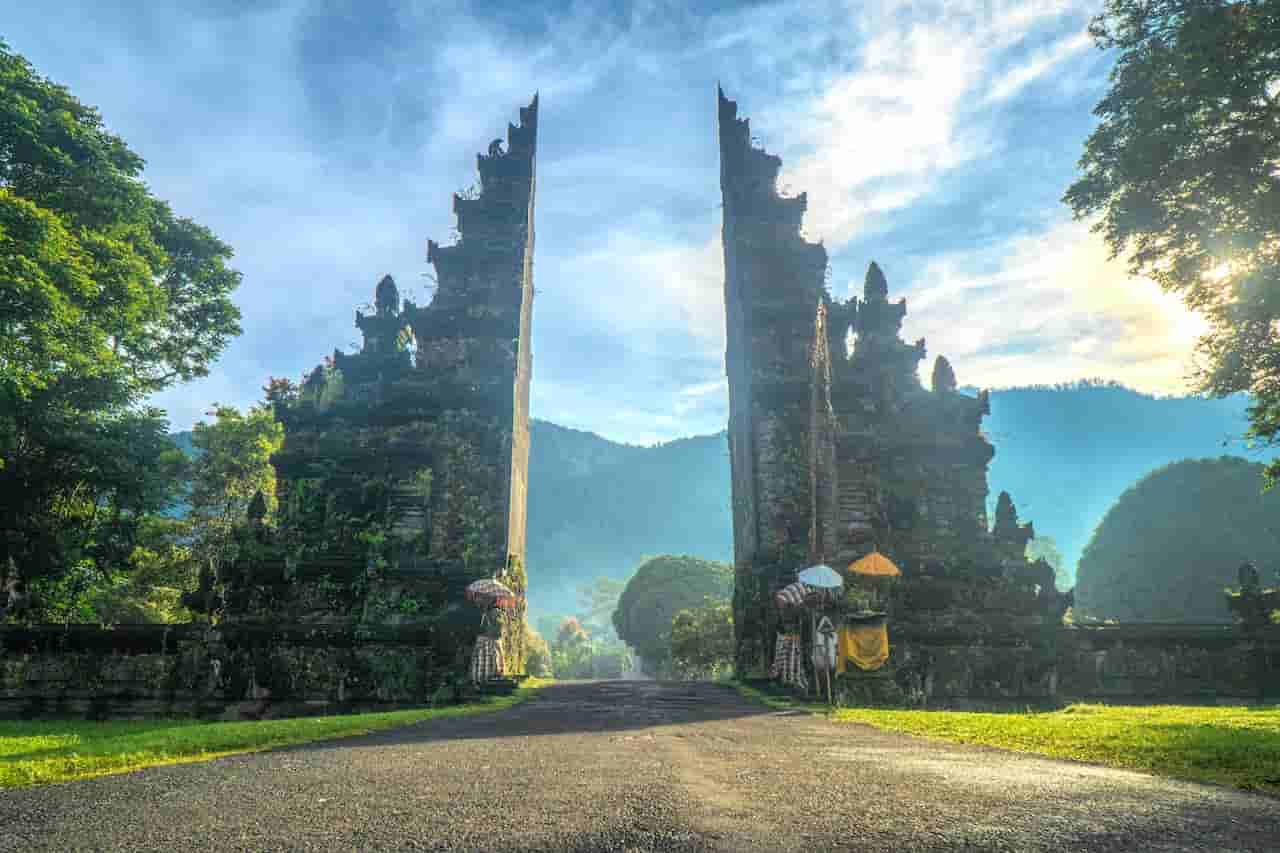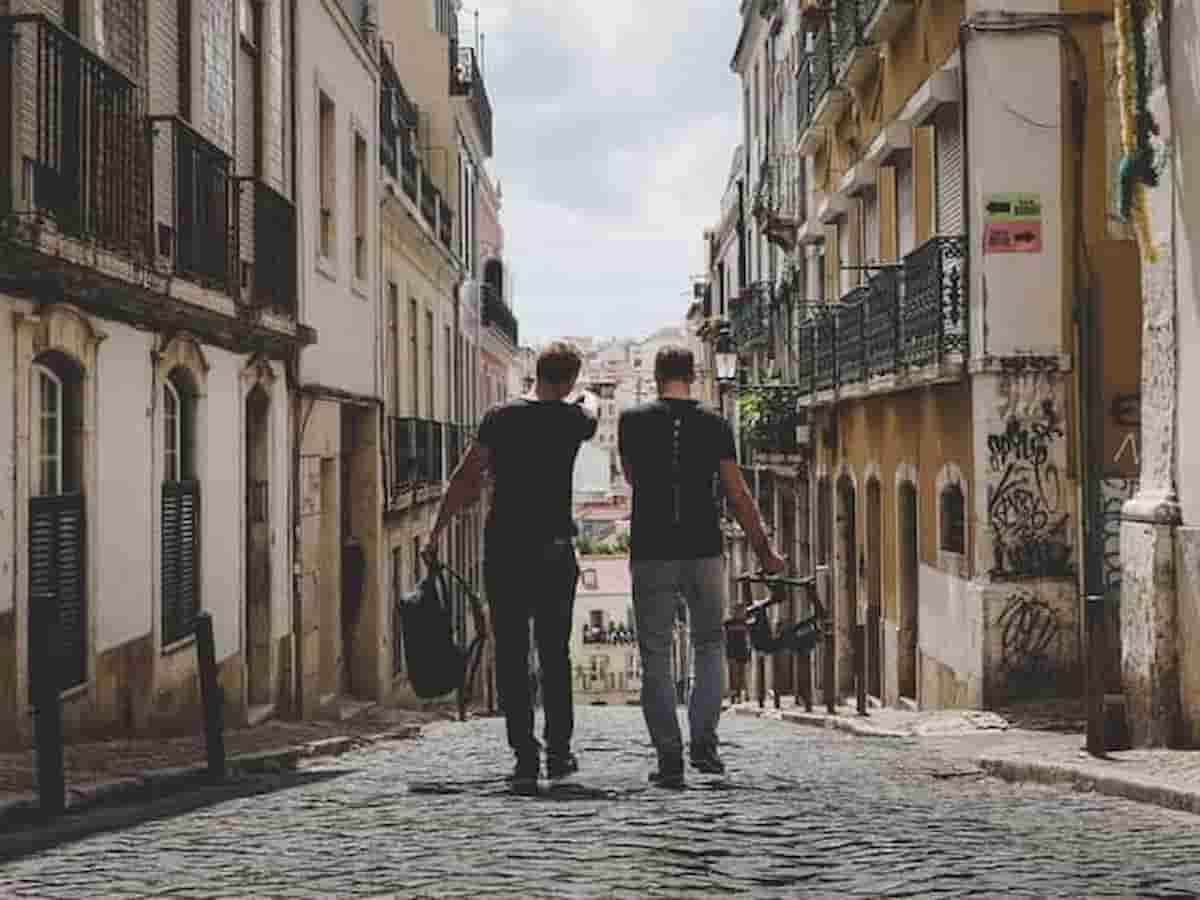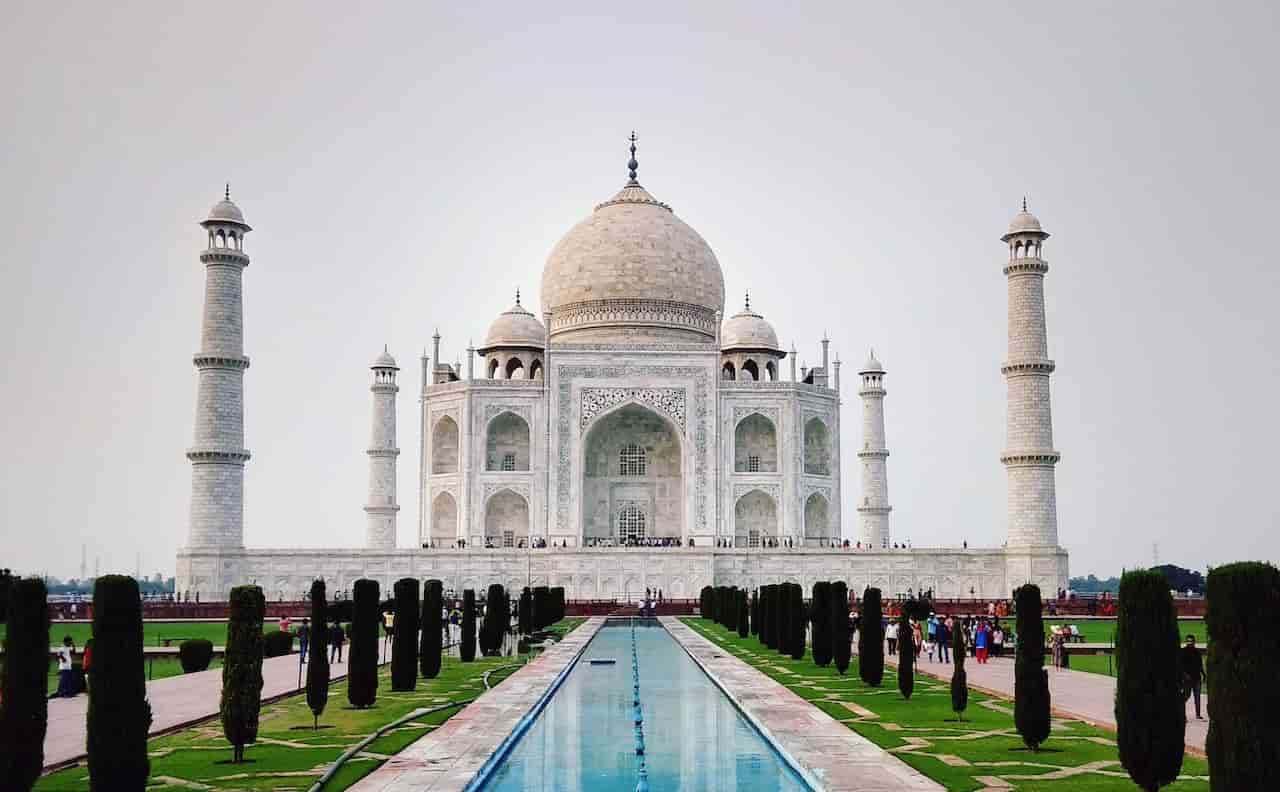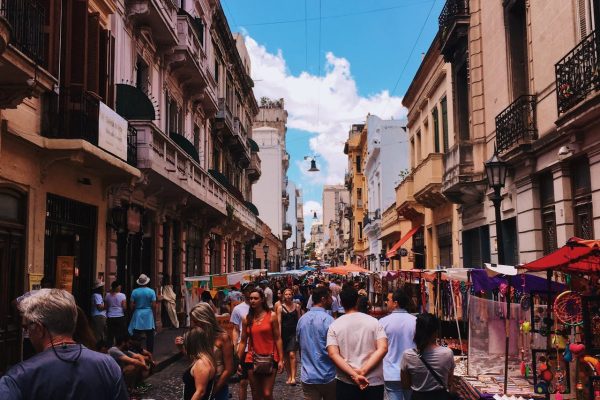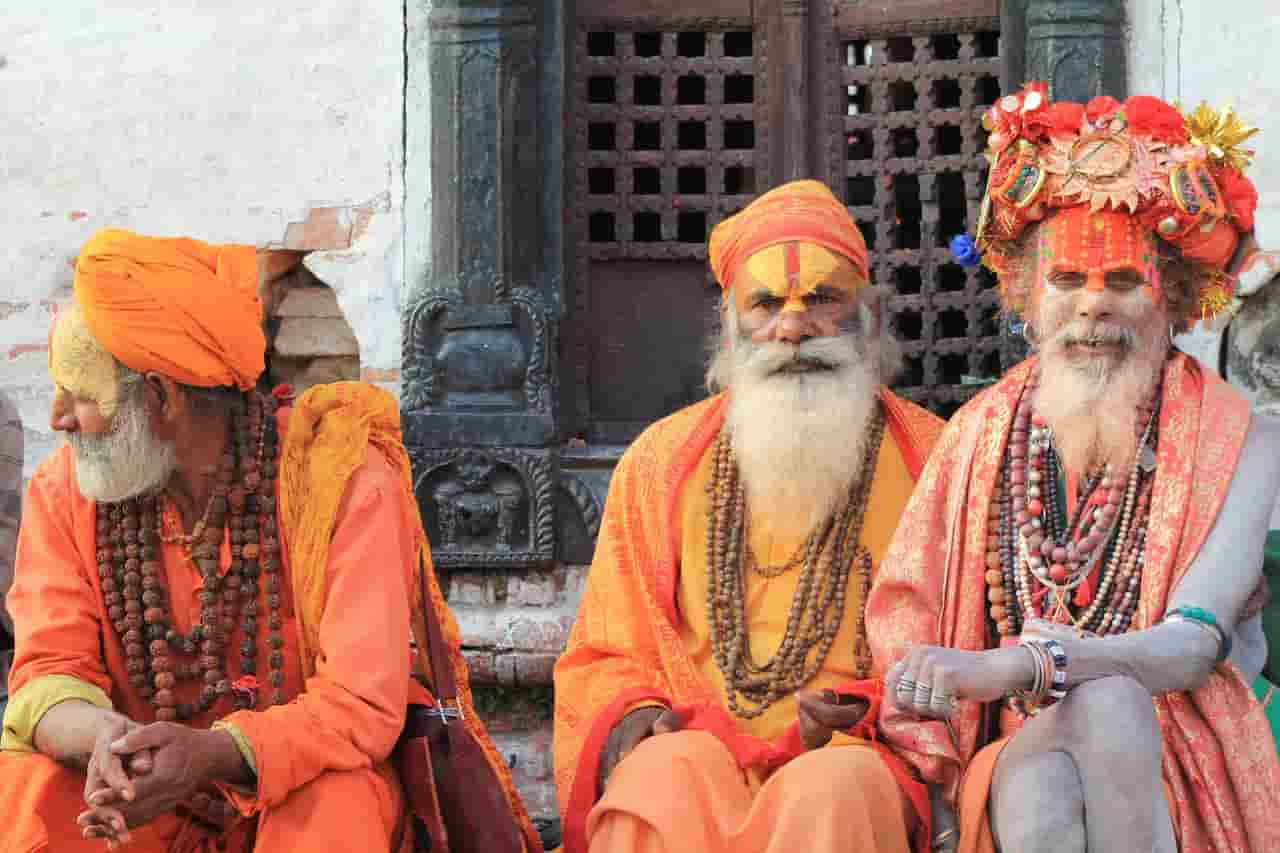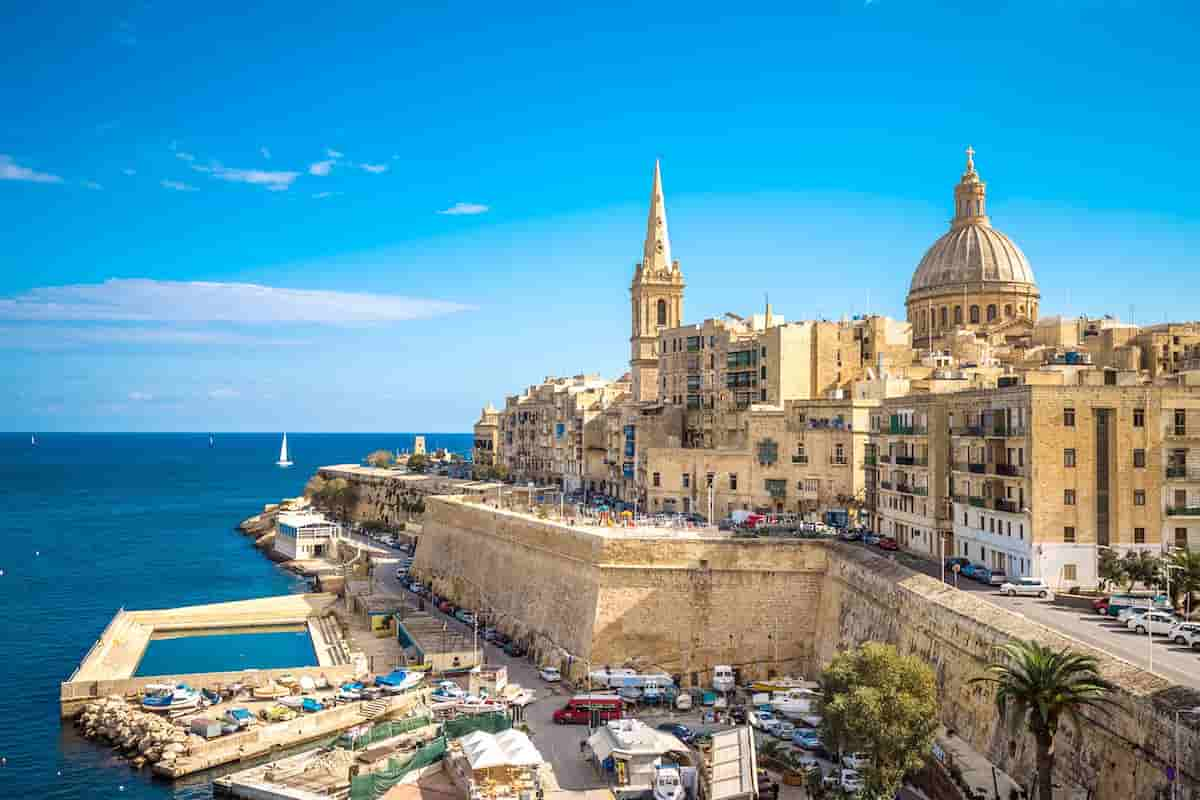Indonesia is an island nation in Southeast Asia, made up of about 18,000 islands. With a population of 268,074,600 according to 2019 official estimates, it is the fourth most populous country in the world and has the largest Muslim population. The capital is Jakarta, formerly known as Batavia. Indonesia borders Papua New Guinea, East Timor and Malaysia. Other neighboring countries are: Singapore, Philippines, Australia, as well as the Indian territory of Andaman and Nicobar.
The Indonesian archipelago has been a commercially important area since at least the 7th century, when the Srivijayas and later the Majapahits traded with China and India. Local rulers gradually absorbed foreign cultural, religious and political patterns from the first centuries AD. and Hindu and Buddhist kingdoms flourished. Indonesia’s history has been influenced by foreign powers attracted to its natural resources. Muslim traders brought Islam and European powers fought each other to monopolize the spice trade in the Moluccas during the Age of Discovery. After three and a half centuries of Dutch colonial rule, Indonesia secured its independence after World War II in 1949.
Rich, fertile and beautiful, Indonesia can boast of some great attractions for the travelers who will visit it. Here are the 10 most important of them:
1. The Raja Ampat Archipelago (the Four Kings)
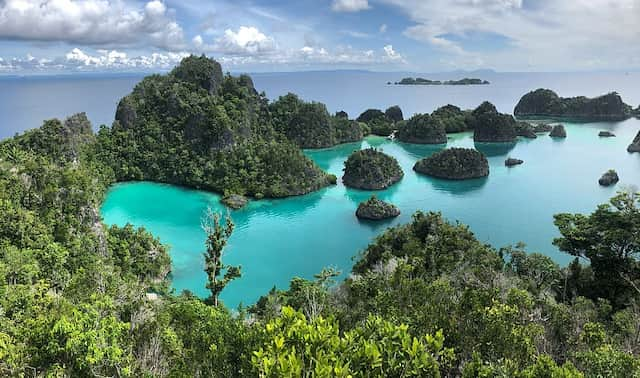
It is located northwest of the island of New Guinea and consists of about 1,500 small islands and islets. What makes it unique, however, is not its infinite beauty – the combination of green with turquoise waters – but the marine life it hosts in its crystal clear waters. It is the most densely populated area in marine species in the world, a diving paradise, every diver’s dream.
2. Flores Island
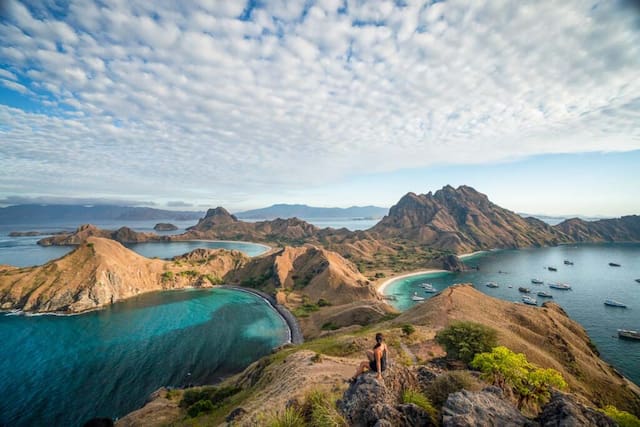
Flores is an island in Indonesia. It is one of the small Sundas, east of Subua and Komodo and west of Lebata and the Alor archipelago. It has an area of 13,540 square kilometers and is the 60th largest island in the world. The island has a population of 1,831,000 according to the 2010 census and its largest city is Maumere. In 2003, a new species of human, Homo floresiensis, was discovered on the island of Flores. Fossils found in a cave in 2003 are 100,000 to 13,000 years old. This species was one meter tall and was described by the people who discovered it as a “Hobbit”. In fact in local legends there are several references to tiny people called Ebu Gogo even during the 19th century.
A paradise for geologists and all kinds of explorers and nature observers, the island is famous for its volcanoes. Foremost among them is Mount Kelimoutou, one of the volcanoes of Flores, which is 1,638 meters high and has three volcanic lakes on its summit, all of which have different colors and are one of the main attractions of the island.
3. Tana Toraja
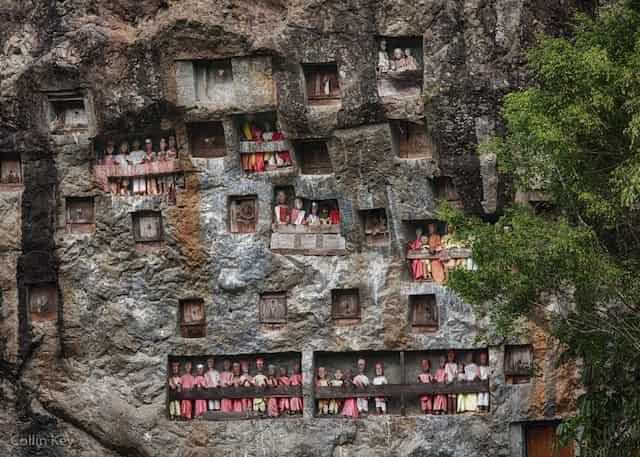
Tana Toraja, land of the Toraja, is located in the south of the island of Sulawesi and is a world famous area for its burial customs.
In particular, the dead remain not only in the souls of relatives, but also in their homes, even many years after their death. This is a custom that has been followed for centuries by the Toraja community. They believe in the primitive human religion of animism, according to which every form of the natural environment has a soul. No one knows exactly when the death ritual began to be practiced. Their language and history began to be recorded at the beginning of the 20th century. Until then all information and traditions were passed on by word of mouth. Researchers estimate that residents began keeping the dead in their homes around the ninth century AD.
Although 80% of their population has converted to Christianity, they respect and do not prevent the ritual from taking place. For many Toraja, the dead still in the house are not yet dead, but sick and in a state of trance. They think that their soul is there and that they hear them normally. To stop the body’s natural decomposition, they inject them with formaldehyde and turn them into mummies. It is a way, as they say, to overcome the loss more painlessly.
4. The Volcanoes of Java
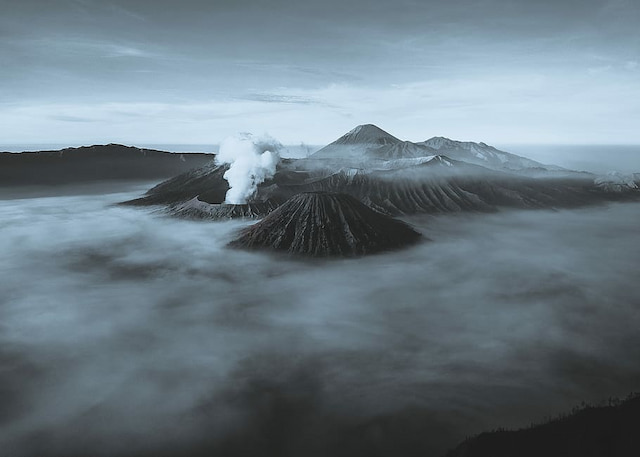
Bromo Tengger Semeru National Park is known for the awe-inspiring landscape of a huge, ancient volcanic crater and a series of picturesque volcanoes that have emerged from it. Its name comes from the two mountains that dominate it, Mount Semeru and Mount Bromo and also the Tengger tribe that inhabits the area. Semeru is the highest mountain in Java as well as one of the most active volcanoes in Indonesia. The conical cone of Bromo lies in a sea of volcanic sand, surrounded by the towering cliffs of the crater rim.
5. Komodo National Park
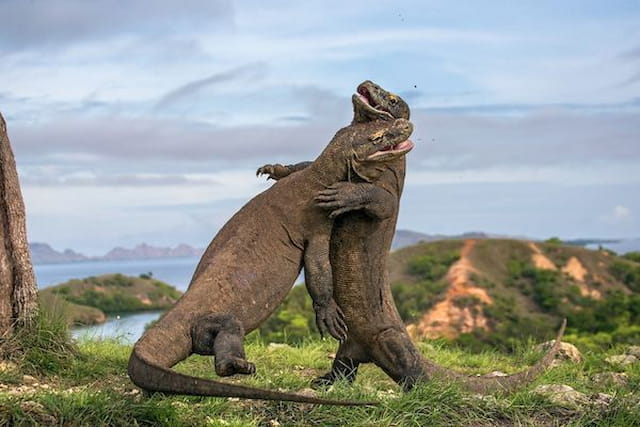
Komodo National Park is located in the heart of the Indonesian archipelago, in the islands of Nusa Tenggara or Small Sunda Islands and consists of the islets of Komodo, Rinka, Radar and many rocky islets. Since 1991 it has been designated a World Heritage Site by UNESCO. The main reason is the famous Komodo Dragon (Varanus komodoensis). Exploring the National Forest, we will go to the dimension of Jurassic Park since we will have the opportunity to closely observe and photograph the carnivorous dragons that reach up to three meters in length, weigh about 70 kilograms and the poison of their forked tongue is enough to paralyze us and lead us to death in just a few minutes.
6. Jogjakarta
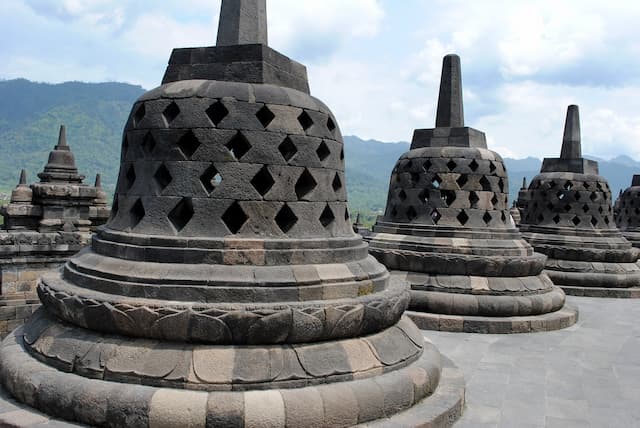
The “Florence” of Indonesia, as it is more commonly known. Seat of the mighty sultans and soul of Java, it holds a leading role and acts as the core of the country’s artistic and cultural heritage. It is a city full of life and images that, while overwhelmed by shopping centers, numerous restaurants, bars, gardens that create a sense of relaxation and mental well-being, still uses the local language in its purest dialect while faithfully preserving its customs.
It is next to Borobudur and Prambanan temples. Prabanan is the largest Hindu temple in Indonesia and one of the largest in Southeast Asia. It is characterized by its tall and pointed towers, characteristic of the architecture of Hindu temples, with the tallest being the central building, 47 meters high, which is located within a large complex of a total of 240 temples. Prabangan has been a UNESCO World Heritage Site since 1991.
7. Bali

The paradise island of Indonesia that is located just below the parallel of the Equator. Bali, the jewel of Indonesia, has a tropical climate and vegetation, and combines fascinating diverse nature with rare species of flora and fauna. Those who travel to Bali in Indonesia experience the authentic aura that pervades every hidden corner of the island. Culture, natural beauty and people make up the golden triangle. For this reason Bali and Indonesia are among the best destinations in the world.
In Bali in Indonesia, you will have the opportunity to get to know the elements of a particular religion, that of Hinduism, and visit unique, colorful, Hindu temples. Touring the jungle area of Ubud will fill you with unique images of the Balinese countryside. Images that you have only seen before on the internet will unfold before you. Vast rice plantations flood the valleys, creating a fairytale setting. A safari in the elephant grounds is a must experience to witness these magnificent creatures in their natural habitat. Volcanic mountain Agung hides a nature lover’s paradise. Beautiful hiking trails through the lush jungle and for the more adventurous, an adrenaline-filled boat ride down the Ayung River.
8. The tribe of Dani
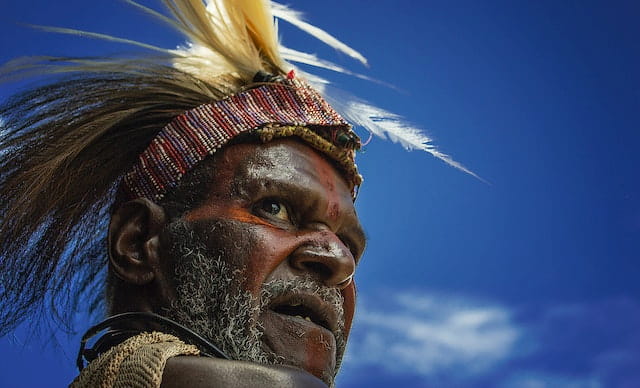
We are above the impenetrable jungles of New Guinea on the plateaus of the Baliem Valley. This is where the Danis live, some more modern and others more traditional mixing with the crowd of the market continuing their daily activities. The latter “dress up” in a highly scandalous way as they go around naked placing in front of their genitals a long and narrow pointed gourd, the horim, which is both clothing and… a wallet. In fact, they take great care to ensure that their own “costume” does not resemble anyone else’s. The hierarchy in the family is respected with reverence. The man is at the head, then the pigs come, followed by the women and finally the children.
9. The Moluccas, the Spice Islands

The Moluccas (Maluku) is an archipelago in Indonesia. Geographically they are located between Sulawesi, New Guinea and Timor. The islands are also known to Europeans and Chinese as the Spice Islands, although the name is also used for other islands. Most of the islands are mountainous, some with active volcanoes and receive high levels of rain. The vegetation on the islands is abundant and includes rainforests, rice and the spices clove and nutmeg, which come from trees that grow on the islands. The inhabitants of the islands are Melanesian, but after the Spice Wars in the 17th century, several populations were killed. A wave of Austronesian immigrants began in the 20th century and continues to this day.
10. Jakarta or Batavia
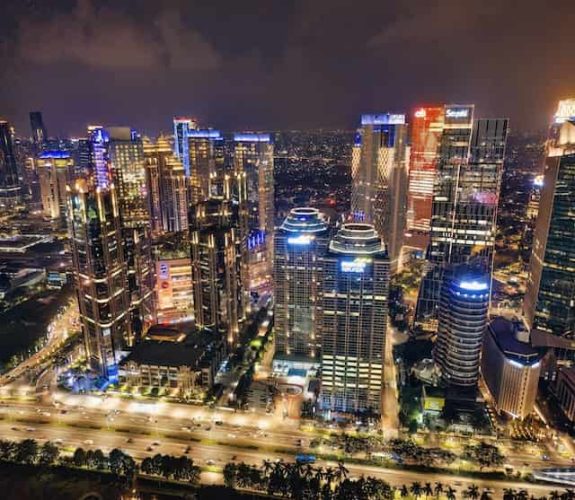
A fantastic metropolis with one of the most atmospheric ports in the world. Great shopping – especially the fabrics, a bar and street food lover’s delight. The whole city is like a theme park with the theme of time travel, from Magellan and colonialism to the future!
